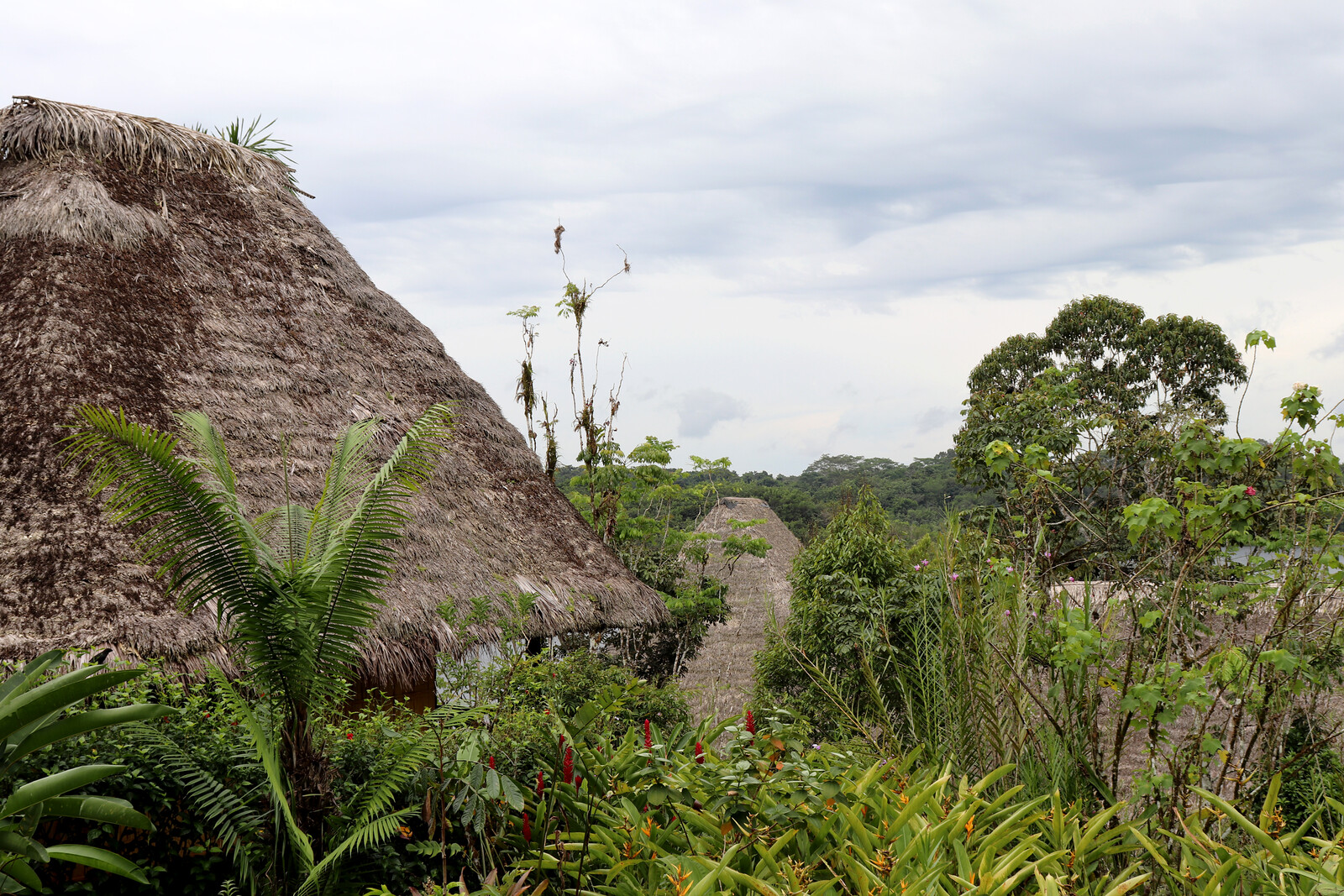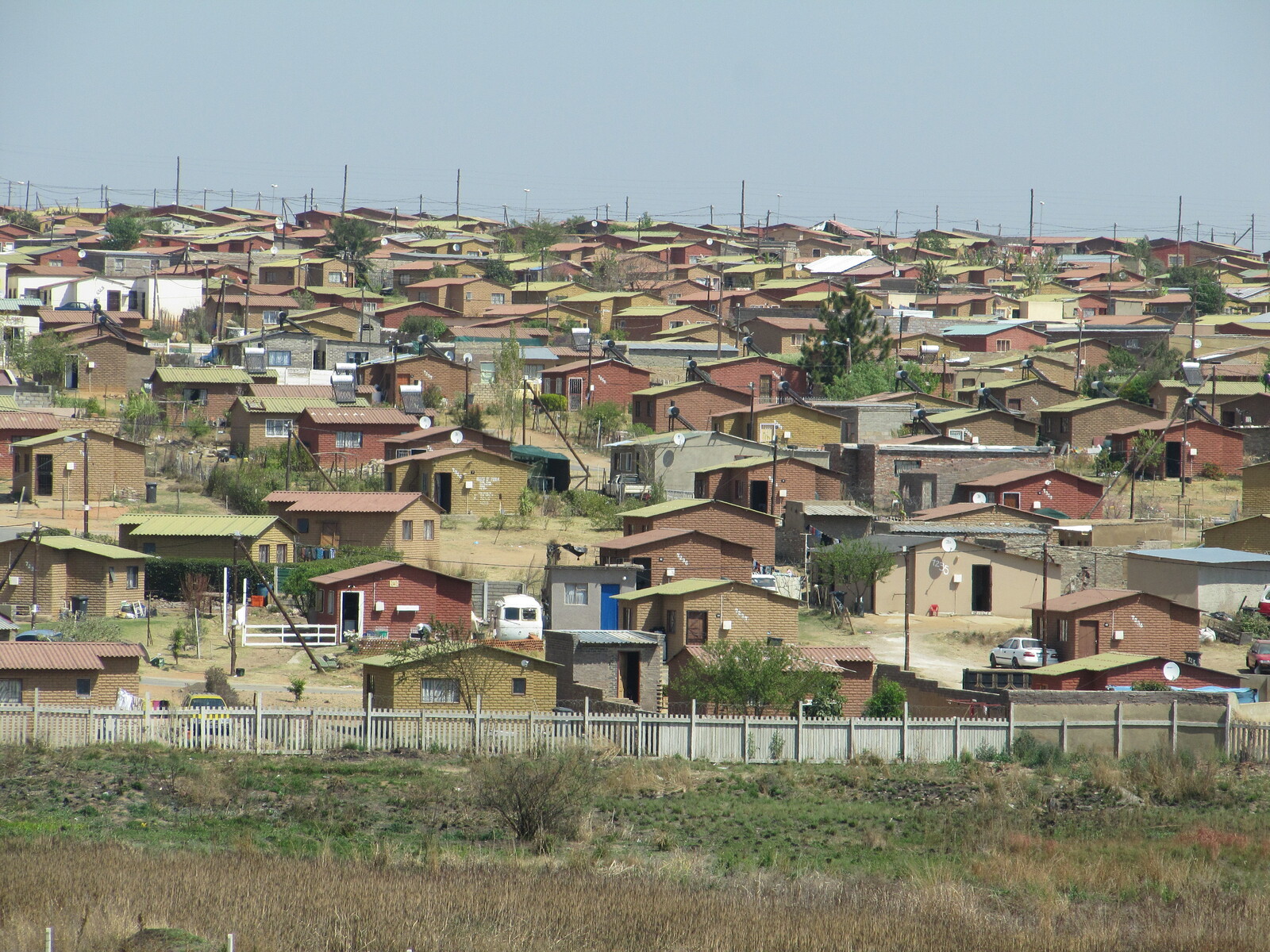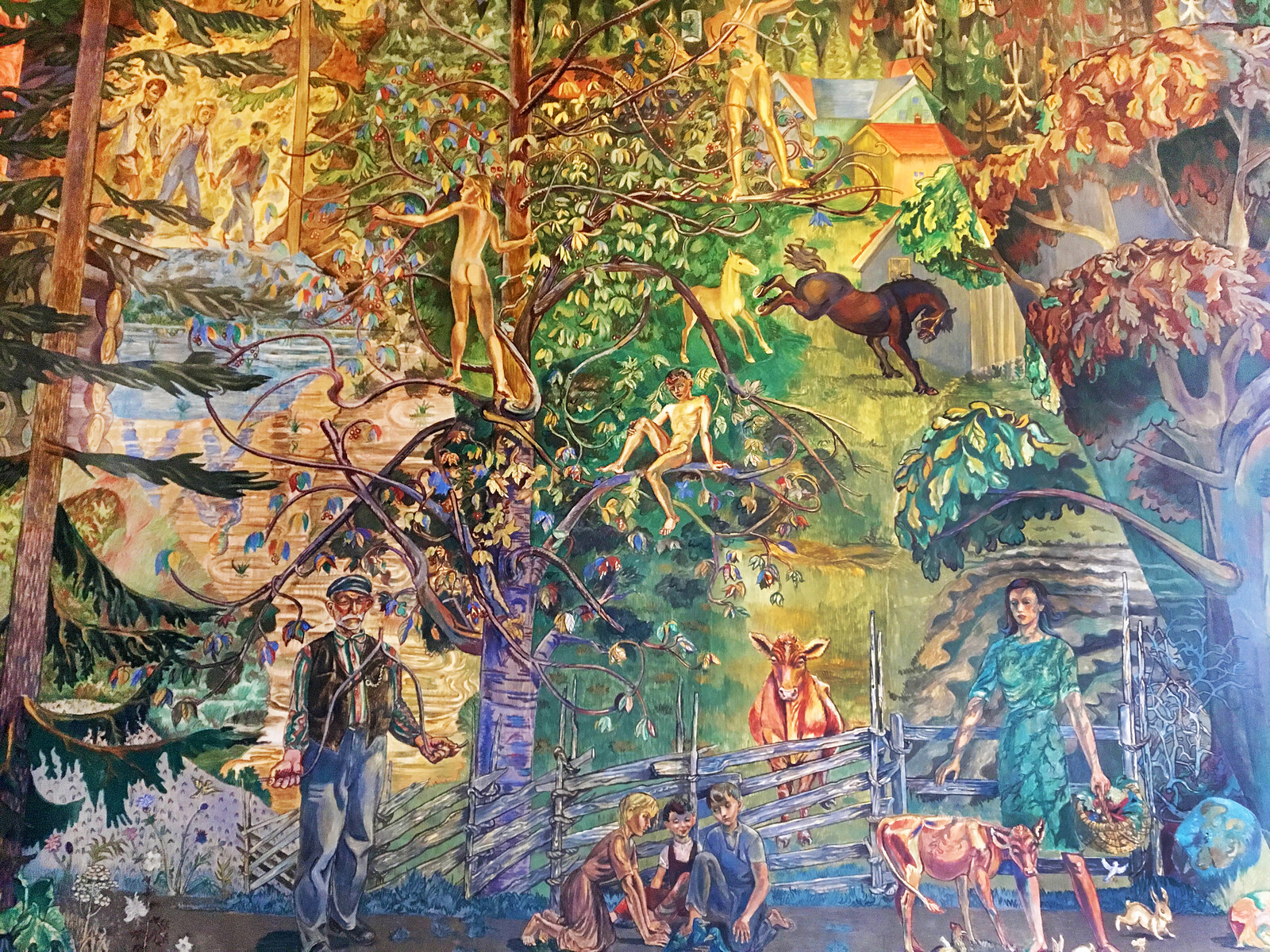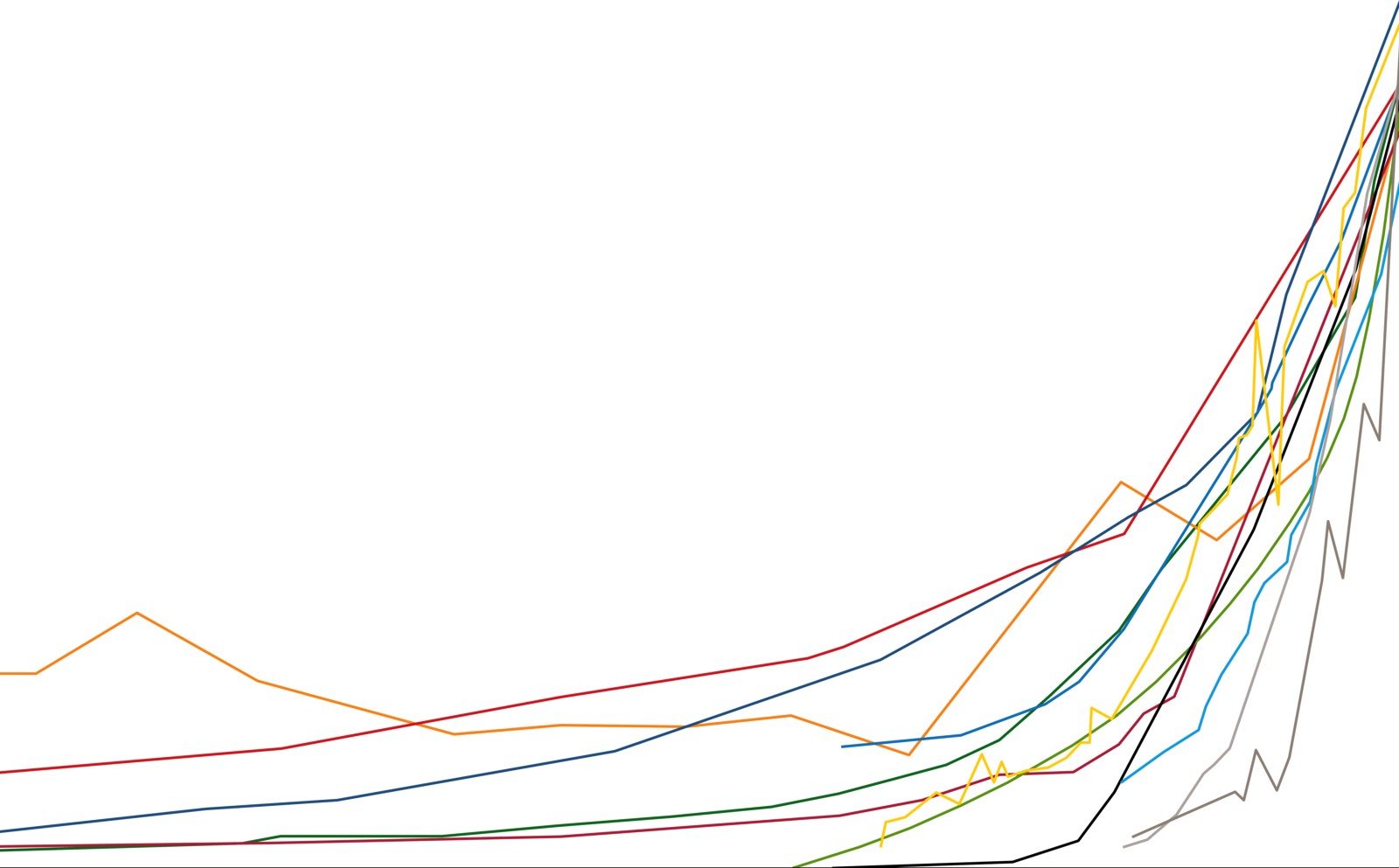The degrowth hypothesis posits that a radical, multiscalar reorganization of society is needed in order to achieve a drastic reduction in resource and energy consumption and therefore remain within the planetary boundaries. Moreover, advocates of this hypothesis suggest that such a shift is not only necessary but also desirable and possible. Degrowth started as an activist slogan in France in the early 2000s against consumerism and commodification, but has since evolved into both a subject of academic inquiry and an international social movement. Degrowth now operates as starting point for envisaging new worlds that can provide better lives with less, in which sustainability goes hand in hand with equity and a pluriverse of alternatives substitutes the growth “machine” that characterizes contemporary society.
Against this background, a series of innovative research agendas have been developed to support this hypothesis. Degrowth was first developed alongside the field of ecological economics, but its recent expanded agenda involves research in the fields of political ecology and environmental justice, anthropology, technology, philosophy, wellbeing, democracy, justice, and more. However, in a world that has been and is still being increasingly urbanized, degrowth has largely neglected the topic of urbanization. Its scholarship should thus develop theoretical and practical proposals in an effort to rethink what degrowth means as an urban form of life. Such a theoretical endeavor is urgent today since global population has rapidly grown, the biggest part of which lives in cities; increasing GDP levels being produced in cities has tied economic growth to urban expansion; and the ecological footprint of the cities has grown to become the main drivers of unsustainability. Most importantly, this growth has not been distributed evenly and has produced high levels of marginalization both in urban centers and the periphery. Against this background the following questions are crucial:
How can urbanization be compatible with degrowth?
How can cities become places of experimentation that challenge and transcend the growth imperative? What is the role of architecture and urban planning in this process?
How can urban dwellers contribute?
What is the role of urban governance?
The existing literature on these complex and, perhaps for the moment, rhetorical questions is marginal and primarily focused on the case of shrinking cities; cities that have undergone a crisis of production and GDP reduction and which managed to constructively adapt to this new reality. Despite the importance of these studies, the exploration of the relation between degrowth and the city is still underdeveloped. In order to envisage a tentative framework for thought and reflection on this topic, it is first crucial to examine the relation between growth and the current predominant model of urbanization.
The urban growth imperative
Cities have been pivotal for the development of societies all around the world. In the last decades of the twentieth century, they have gained further prominence and, often, became the signifiers of a country’s identity and wealth. In a continuously globalizing and antagonistic world, cities became the epitome of the “successes” or “failures” of a country and entered into competition for attracting human, cultural, tourist, and financial capital; themselves often becoming a commodity to be marketed and sold.
These transformations, which have rapidly intensified since the 1970s, reflect not only economic and technological changes, but also the prominence and embeddedness of a particular “culture” of growth connected to neoliberal ideas and practices. Thus growth has become associated with unlimited expansion and profit-making, with minimal care for the repercussions to people and places. This particular imaginary—and reality—of growth involves the idea that limits (to growth) are inherently negative, and that limitations are “backwards” and out-of-context with the continuous demand for growth (and consumption) that “people desire and require.” In some respect, the arguments supporting this culture of growth have worked as a further legitimation for the neoliberal project itself. Hence, urbanization has been linked to omnipotent beliefs such as that more urbanization leads to more prosperity for more people, or that “greening” cities can become a prominent strategy for saving their ecosystems. Alongside these particular ideas of growth is the ideal of a competitive, self-reliant, and “expansive” individual whose identity and status is shaped by these characteristics as well as what it possesses and what it consumes; by potentially unlimited having and possessing.
Cities have been the terrain where this culture of growth has been materialized, in actual as well as in symbolic terms. Among other ways, growth has been spatialized through increasing privatizations, enclosures, and departmentalization of the city into enclaves of regulated consumption, as well as through real estate speculation and the financialization of land and housing. It has been manifested by fancy office buildings, designer architecture of urban landmarks, and demand for ever bigger houses in city centers and the suburbs. While the spatialization of this growth imperative has resulted in increasing displacement and forms of exclusion from urban space and urban life as whole, it has also led to unlimited urbanization—by choice for the wealthier or by coercion for the poorer—and to the limitless use of resources. It has intensified practices of repression and mechanisms of control while exacerbating inequalities and injustices. In short, the model of economic growth and the culture that follows it has operated more as an amplifier of spatial and social injustices in the urban context than a means to mitigate them.
Architecture, if seen not only as a profession but as a set of intellectual and social practices and relations for the shaping of space and place, has played an important role in linking urbanization to the particular growth imperative, being tightly connected to both city branding and the entrepreneurial conception of the self as it is.
The architecture that is expressed by signature buildings and large-scale corporate developments has often been employed in—or consciously facilitated—the promotion, mainstreaming, or even celebration of growth-fueled worldviews. This architecture produced spaces exclusive to many, with costly, resource-demanding materials and construction techniques, and often involving highly exploitative labor relations with its workers. This approach reduces architecture into an act of design for the sake of design that is removed from the social and environmental. Conversely, growth-fueled architecture also entails extensive housing production for the less wealthy with unsustainable materials and a reduced building life-cycle, thus also resulting in greater resource consumption with inferior quality of living.
However, there is also a different side to architecture than this—or at least one that aspires to be. Numerous voices have criticized both the maximum-profit driven developments and the use of signature-buildings. Even more so, numerous other architectural initiatives have worked on local, community/common and participatory projects, advocating through theory and praxis that another architectural rationality does and can exist. In the center of Athens, for instance, a former parking lot was transformed into an inclusive green park through the working together of residents, architects, activists, botanists and other interested people (albeit not without conflicts with the state). Similarly, in the outskirts of Barcelona, residents, architects, users and many other people successfully collaborated in order to redesign and re-construct the surrounding space of a former leper hospital and current well-known squat.
Therefore, architecture may also play an important role in destabilizing and finally countering this one-dimensional relation. The question that then emerges is: what kind of architecture and urbanism can contribute to the transition towards a city of degrowth, having social, spatial and environmental justice in mind? How can we create a new inspirational counter-narrative that also considers how urbanization and urban life takes place? How can we imagine cities and urban life without this (neoliberal) culture of growth that has dominated the past decades?
Towards a city of degrowth
There are multiple lines to develop a degrowth framework relevant for the contemporary city. Ecological economics, for instance, proposes that not every natural resource should be monetized or valorized in terms of exchange value, since there are resources that can be regarded indispensable of the (re)production of human (and nonhuman) and social life. Although numerous activists and theorists have voiced similar views concerning the urban, this approach has remained mostly connected to natural assets. As a starting point, we could think of transferring and applying this approach to cities, which might prevent certain urban resources from being commodified or sold off. In this sense, public spaces would remain public, as do a number of other resources (such as water, energy, etc).
This logic could also be expanded to common resources; resources that could be produced and/or organized by residents, thus giving rise to a diverse landscape of institutions that could be molded and remolded in order to reflect the changing and plural needs of the multiple groups that use them. Although the terms “commons” and “public” are often used interchangeably, urban commons emerge and thrive in the interstices of law and outside the binary dichotomy between public and private. It is exactly this co-fertilization of the commons with the principles of degrowth that can give new meaning to the reorganization of urban space. Cities are not only where the culture of growth is materialized, but also privileged terrains for the flourishing of commoning practices that prioritize use values and collective creation over exchange values and commodification.
Housing is pivotal in this line of thinking. Unlimited speculation in housing has resulted in numerous evictions, displacements, exclusions, and in the development a peri-urban urbanization that consumes both natural resources and agricultural lands. Thus, housing should be treated as an urban resource—be that public, common or otherwise organized. Such an approach doesn’t only concern housing but other public infrastructures that could also be considered as urban resources (such as education, health, etc). This is particularly pertinent for today’s cities who suffer economically while treating housing, public infrastructure, and other resources as a means for economic recovery and growth through speculation. Architecture could thus facilitate the optimization of the use of buildings without resulting in reproduction of sameness or in “glossy distinctiveness.”
As degrowth has its roots in ecological approaches, one could envisage a “degrowth city” as a field of experimentation with innovative forms of urban agricultural production, with widespread connections with the peripheries of the same bio-region. As part of efforts to transform the whole urban fabric into a broader food production ecosystem, local food networks that directly connect producers to consumers, urban gardens, green terraces, and vertical indoor and outdoor food production can have both material and symbolic impact in the ways urban dwellers live, produce, and connect to each other.
Since unbridled consumption is at the core of the present culture of growth, challenging and changing such material and symbolic aspects of consumption is central to thinking about a city of degrowth. Diverse consumption patterns that reflect personal and cultural differentiations can exist and correspond to the bioregional profile of the broader area of the city. Degrowth implies a politicization of consumption, since every choice implies a simultaneous acceptance of certain limitations and a specific consciousness regarding the special characteristics of bio-regions. In this way, bio-regional differentiations are not necessarily considered as negatives that have to be resolved though imports. On the contrary, they can be treated as assets that form the basis of urban and regional diversification. Rather than homogenous patterns of consumption which end up in uneven and unjust impacts (and development), this might result in plural cities and regions.
Architecture is not a profession that is disentangled from the rest of social life and therefore is not only the responsibility of architects to envision and implement. If seen as a set of intellectual and social practices and relations for the shaping of space and place, then the question arises of who should participate in the architectural design? To this is extent, a degrowth city incorporates forms of collective and/or participatory architecture at various levels; from the micro level of the communal building to the neighborhood and even the metropolitan level.
A degrowth city is not a utopian dream or a nostalgic reverie of a previous era. Instead, it would be a city that acknowledges the global character of the contemporary world and which tries to limit some of its most harmful social and environmental aspects in order to allow spaces for new connections and patterns of common life to emerge. A city of degrowth would thus also be one that invents ways to welcome newcomers and allow mobility.
The idea of city of degrowth does not attempt to homogenize, but rather focus on inclusiveness. Heterogeneity and plurality are not contrary to the values of equity, living together and effective sharing of the resources. Difference and plurality are inherent and essential for cities and therefore diverse spatial and social articulations are intrinsic in the production of a city of degrowth. They are also vital for the way such an idea of a city could be governed; possibly through local institutions and assemblies that try to combine forms of direct and delegative democracy.
Rather than developing rigid thought-images that demand people to conform to them, a flexible and inclusive socio-spatial imaginary about a city of degrowth would be more helpful; an open and inspirational urban narrative. These preliminary questions aim not to function as a complete narrative, but rather pave the way for such a broader socioecological transformation.
Overgrowth is a collaboration between e-flux Architecture and the Oslo Architecture Triennale within the context of its 2019 edition, and is supported by the Nordic Culture Fond and the Nordic Culture Point.
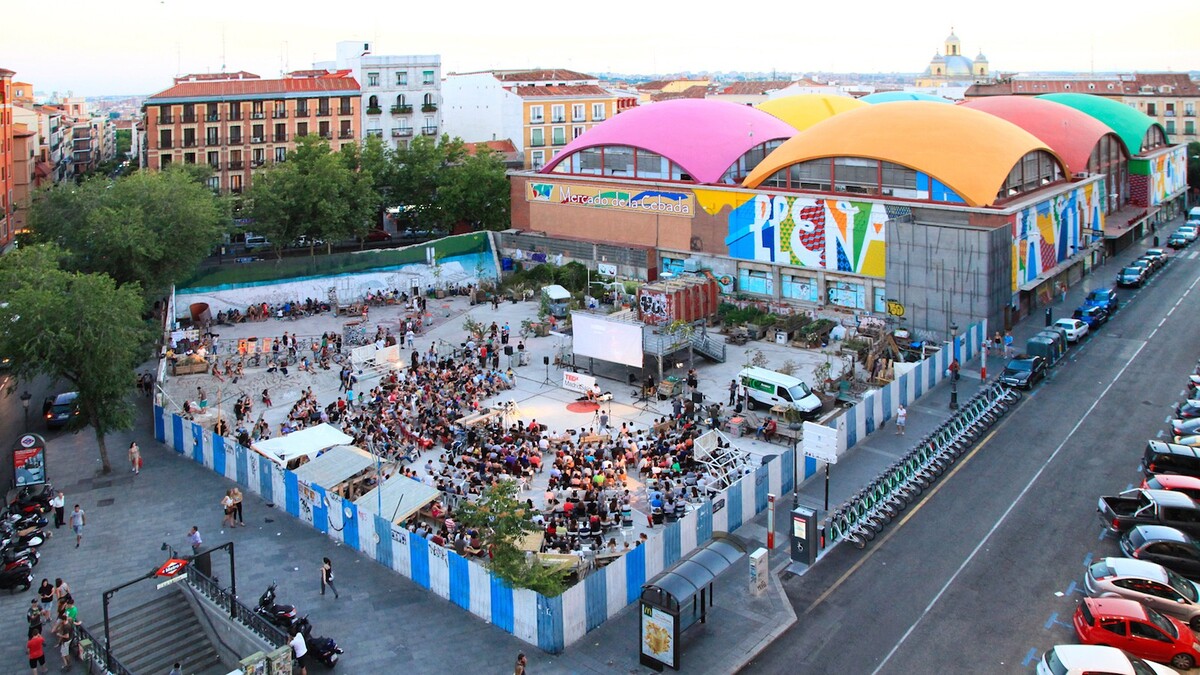
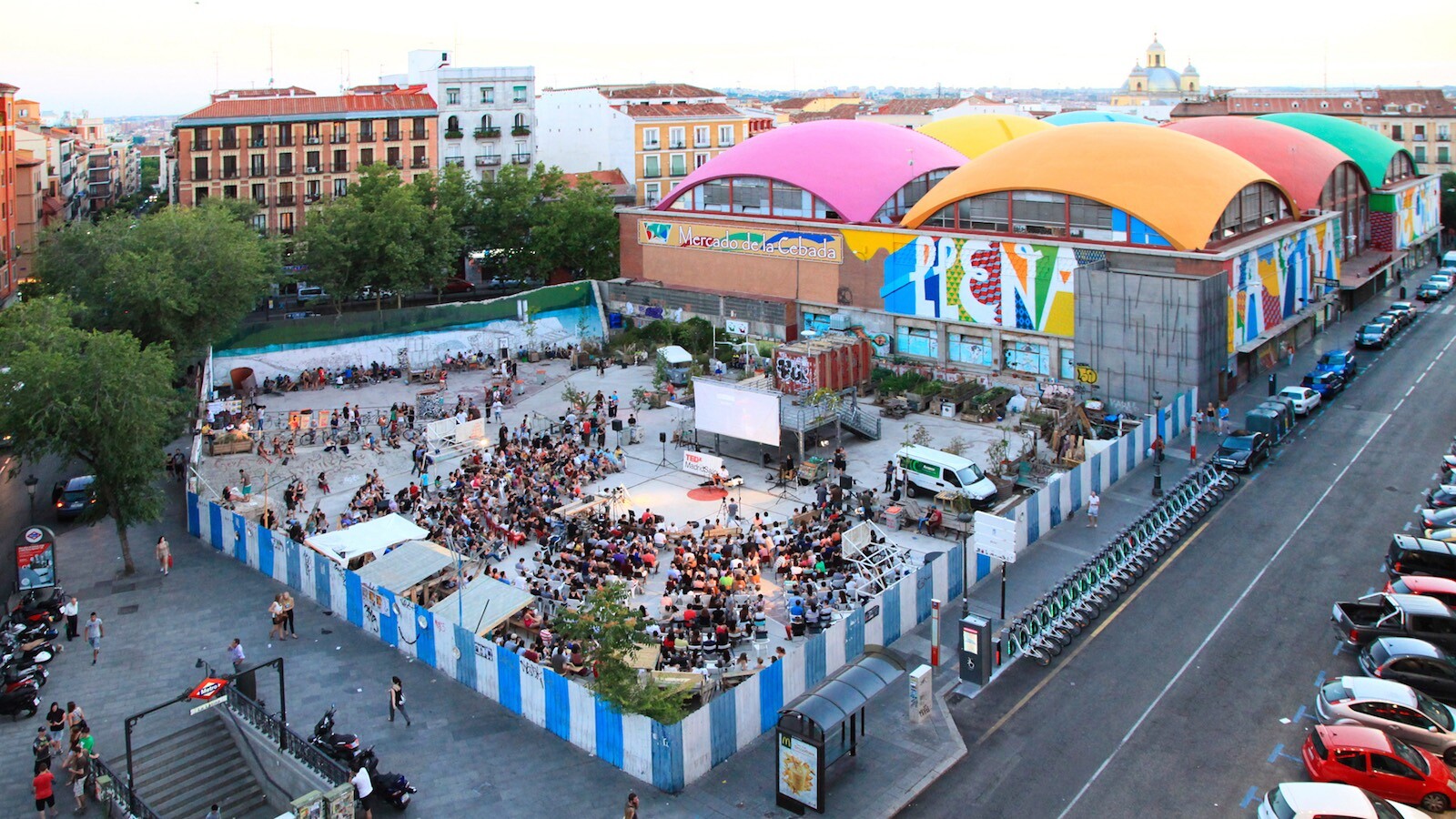
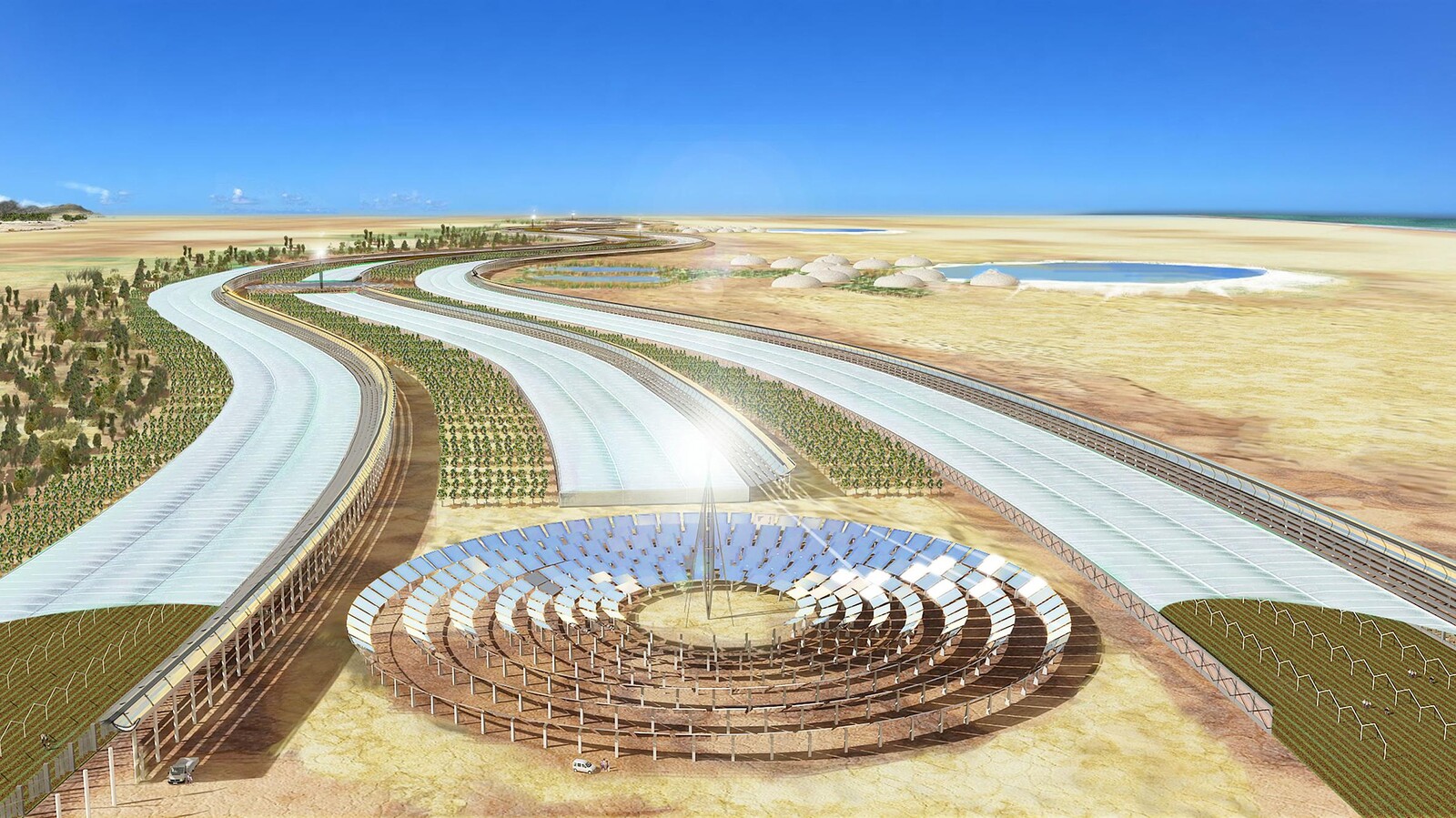
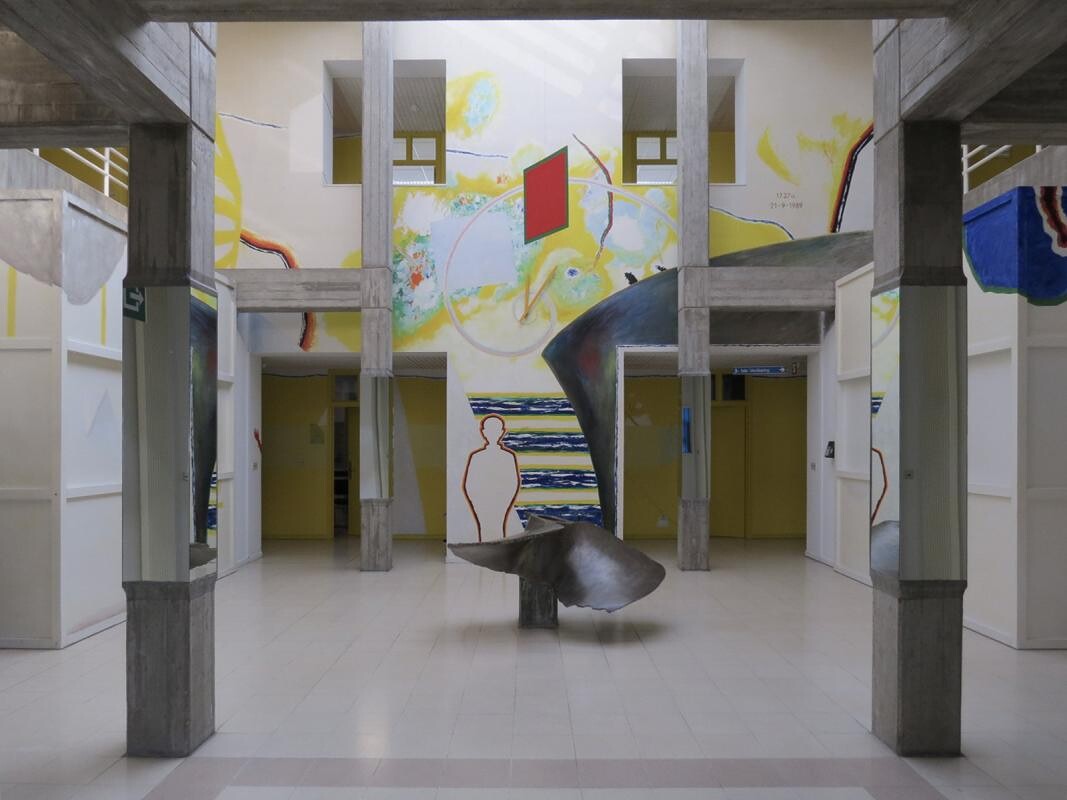


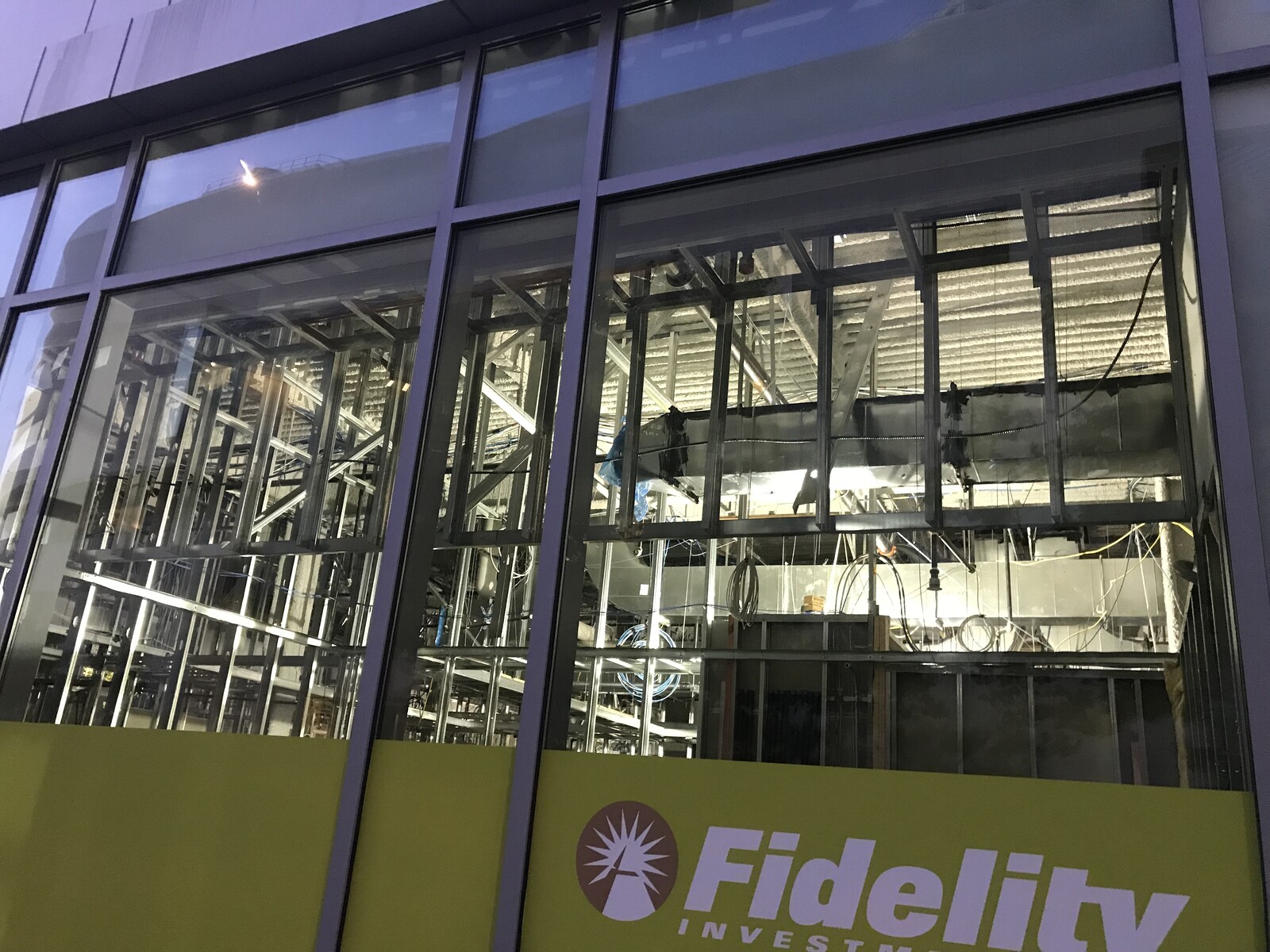

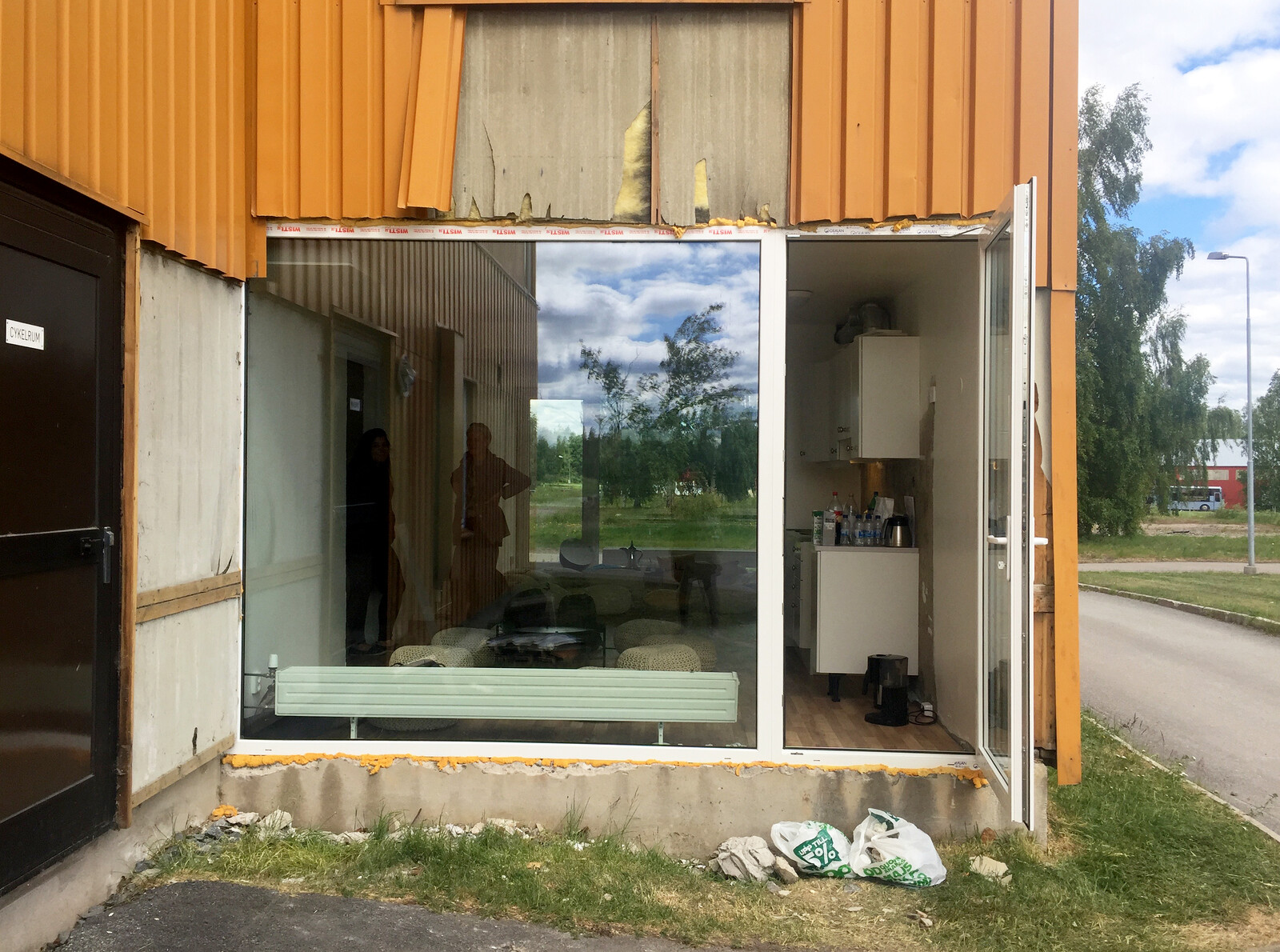


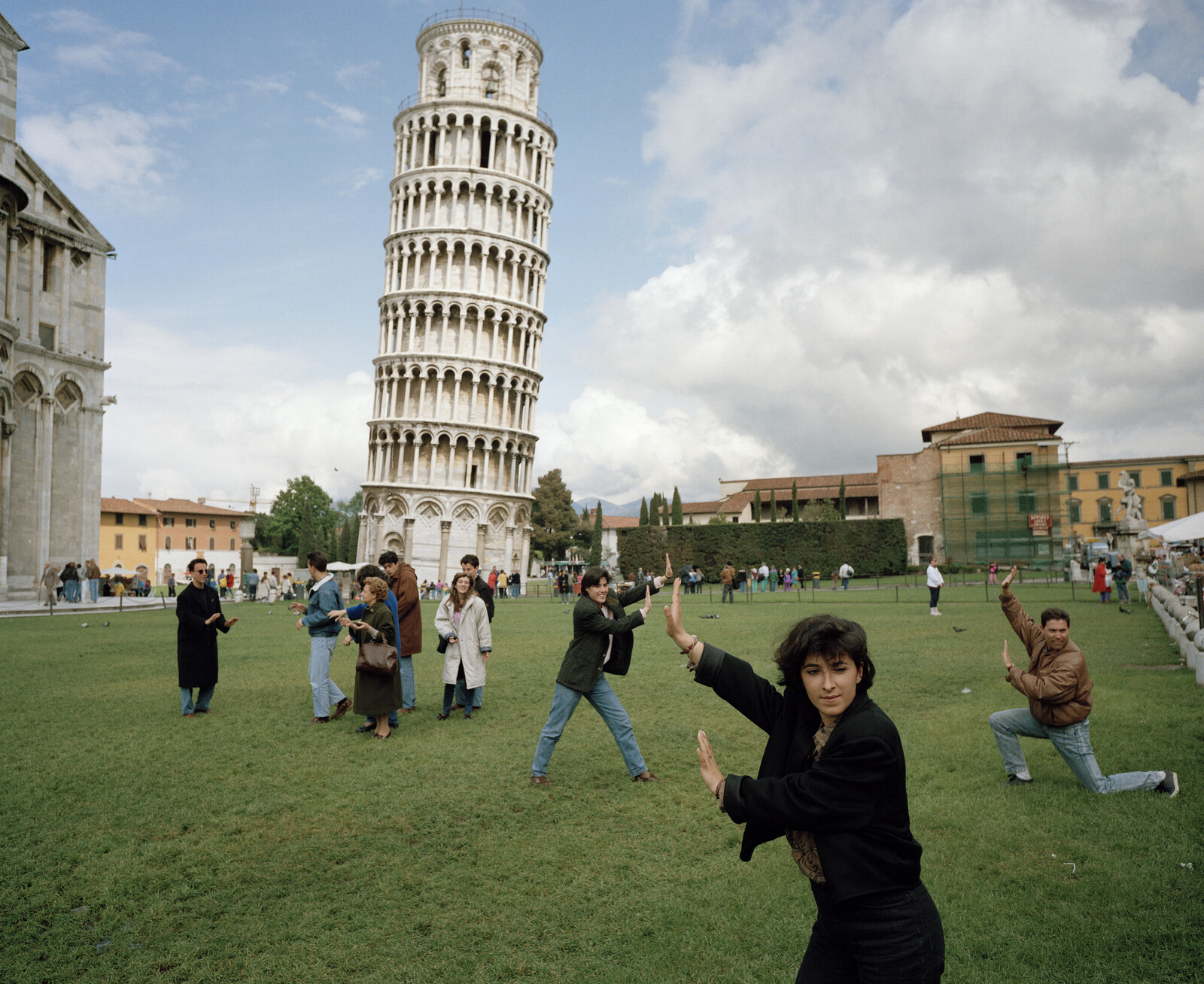

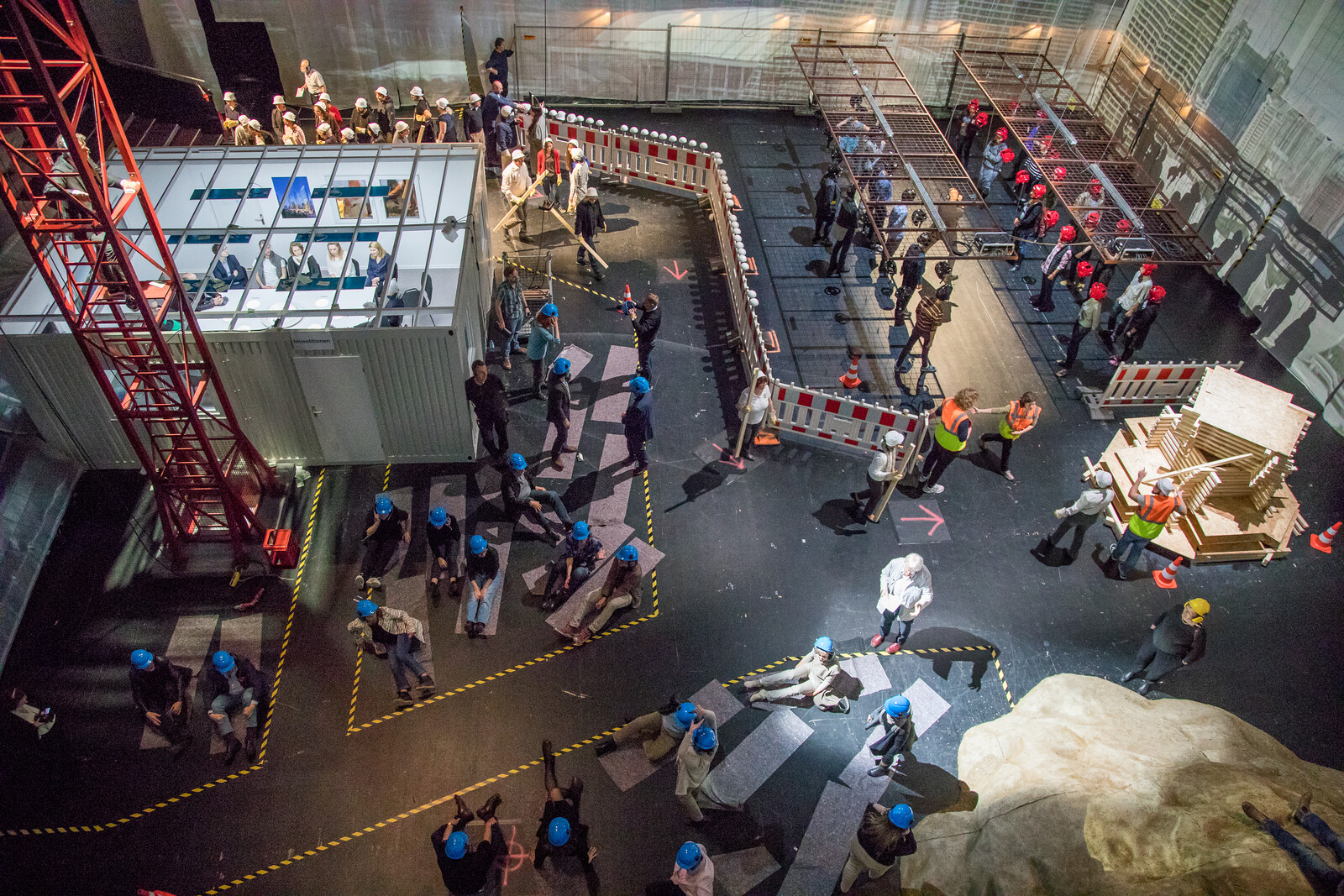
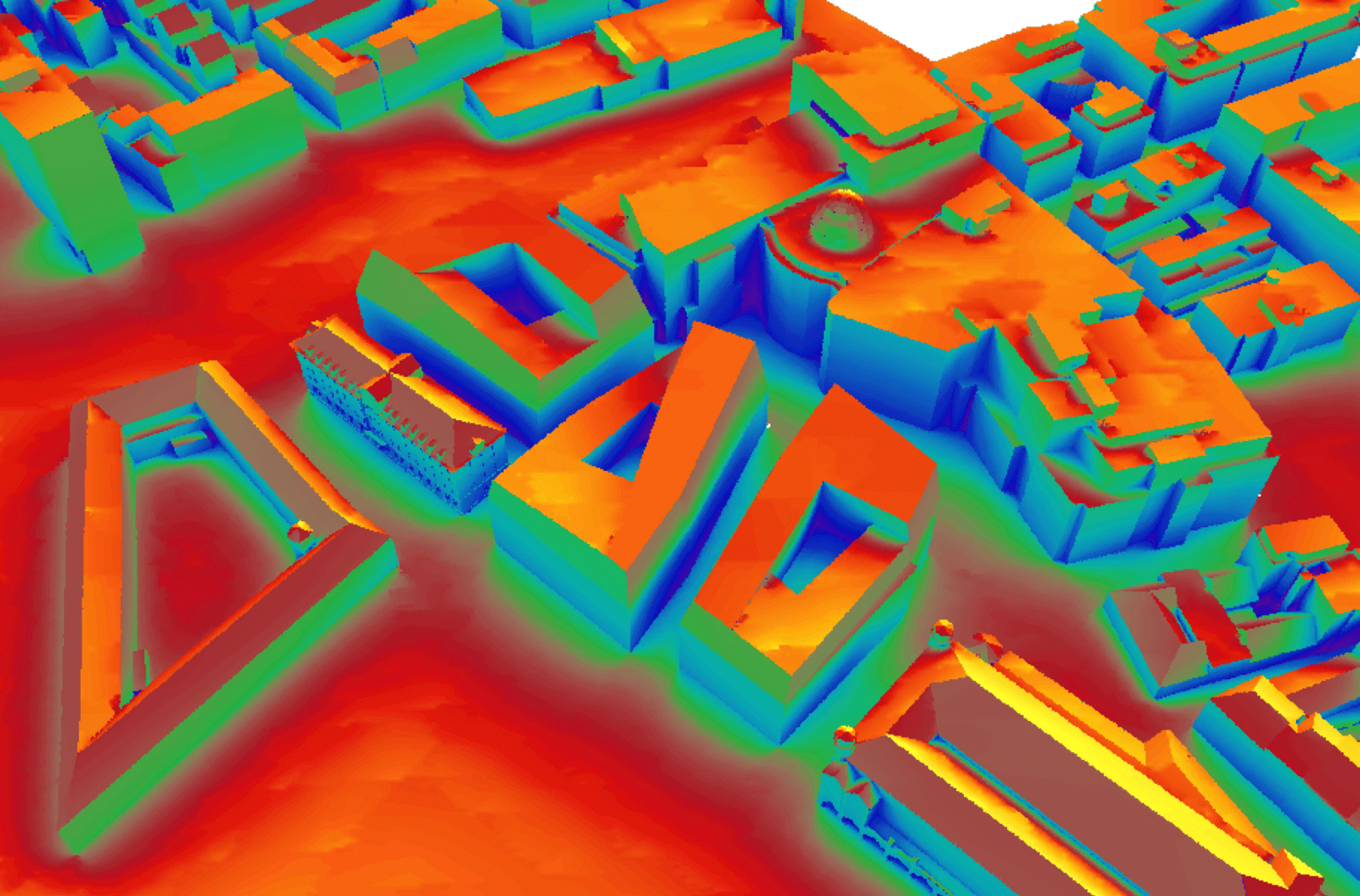
.jpg,1600)

.jpg,1600)
